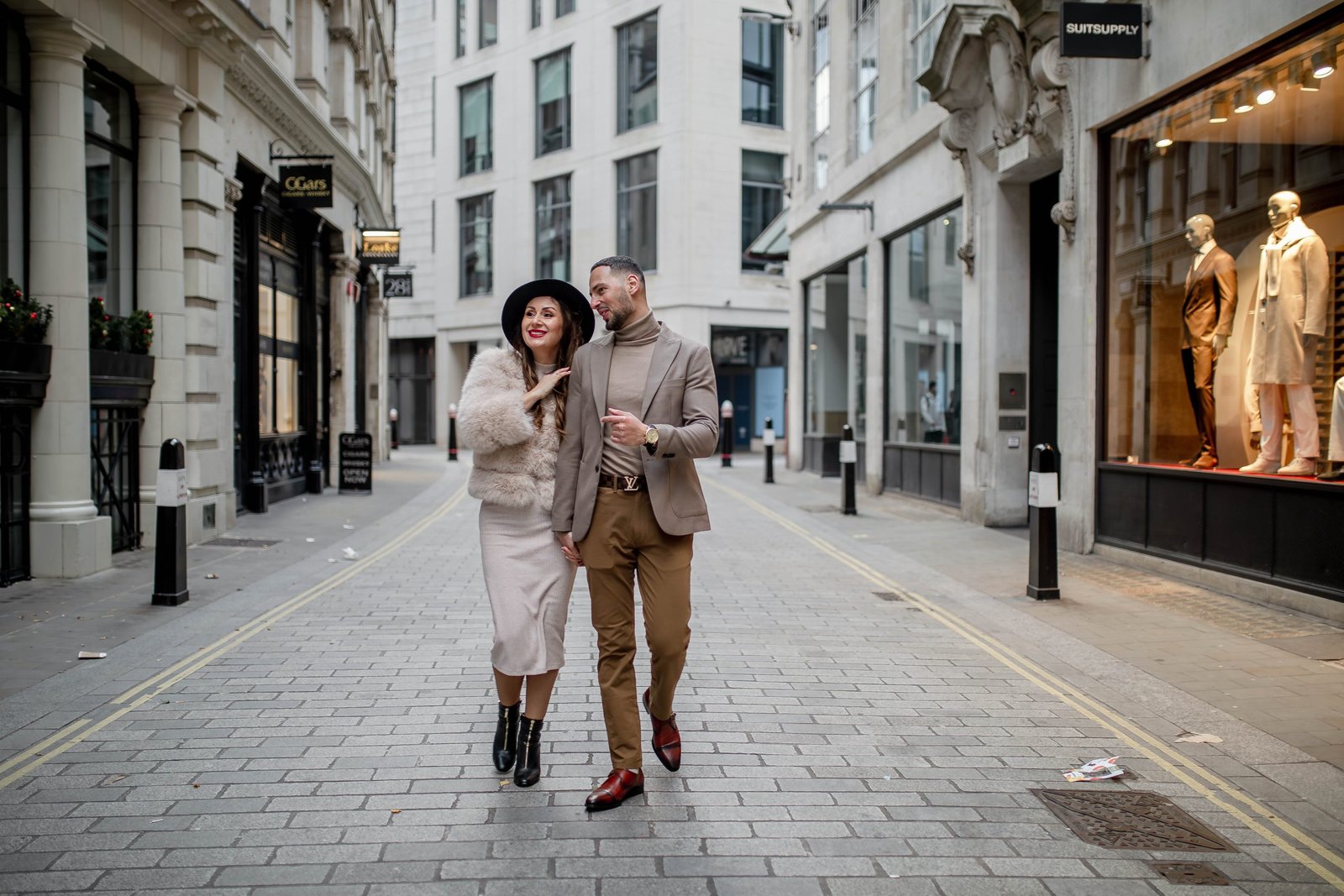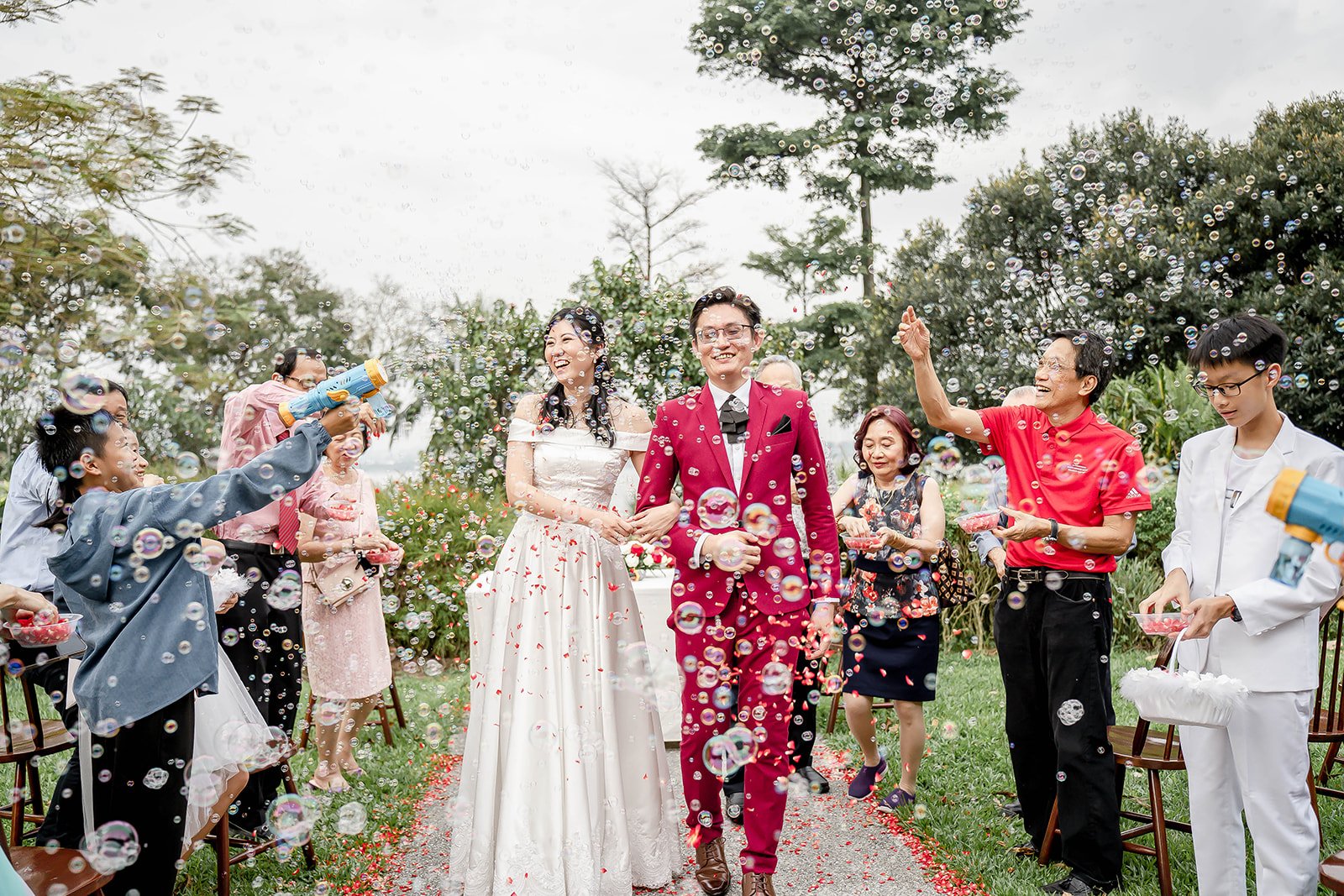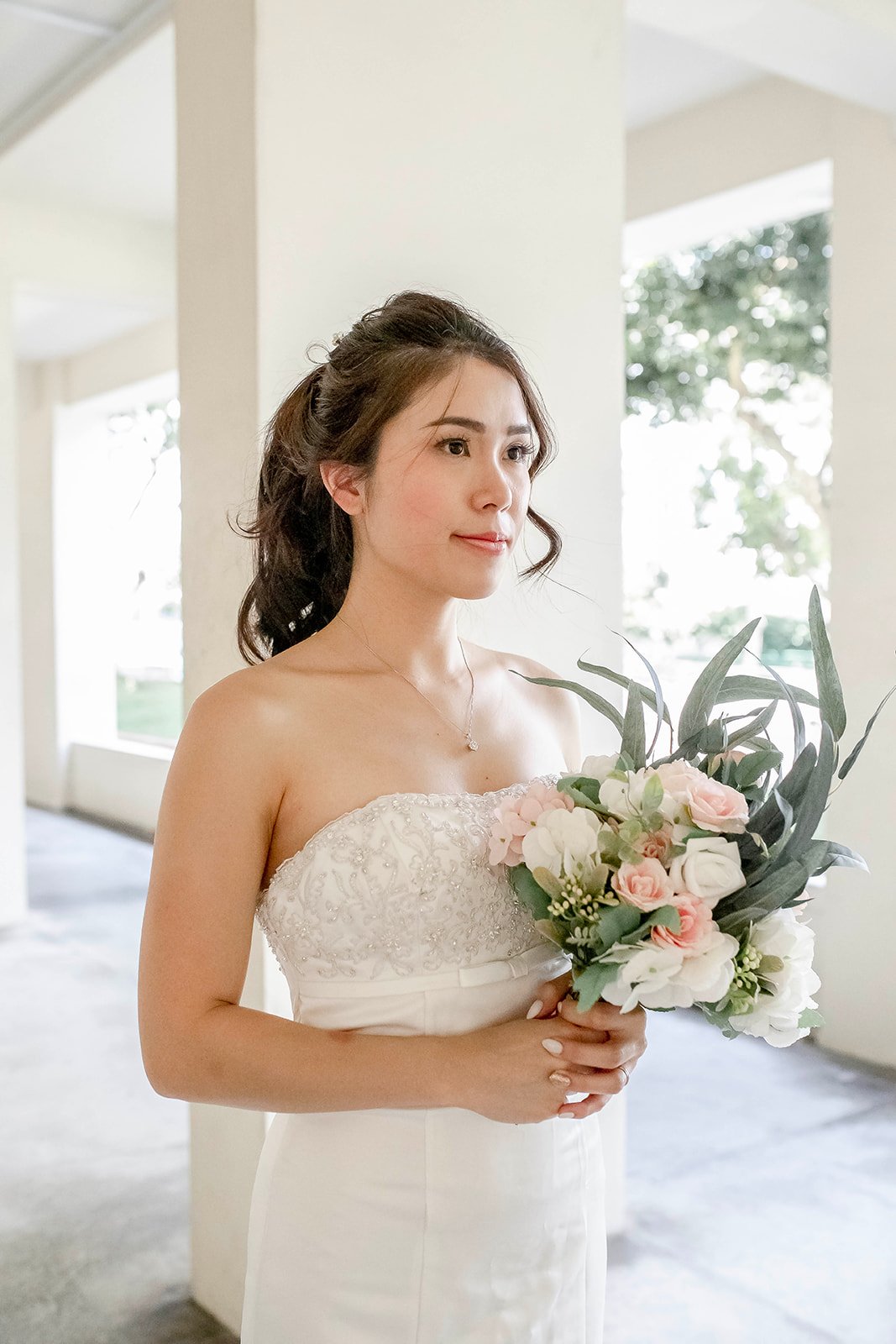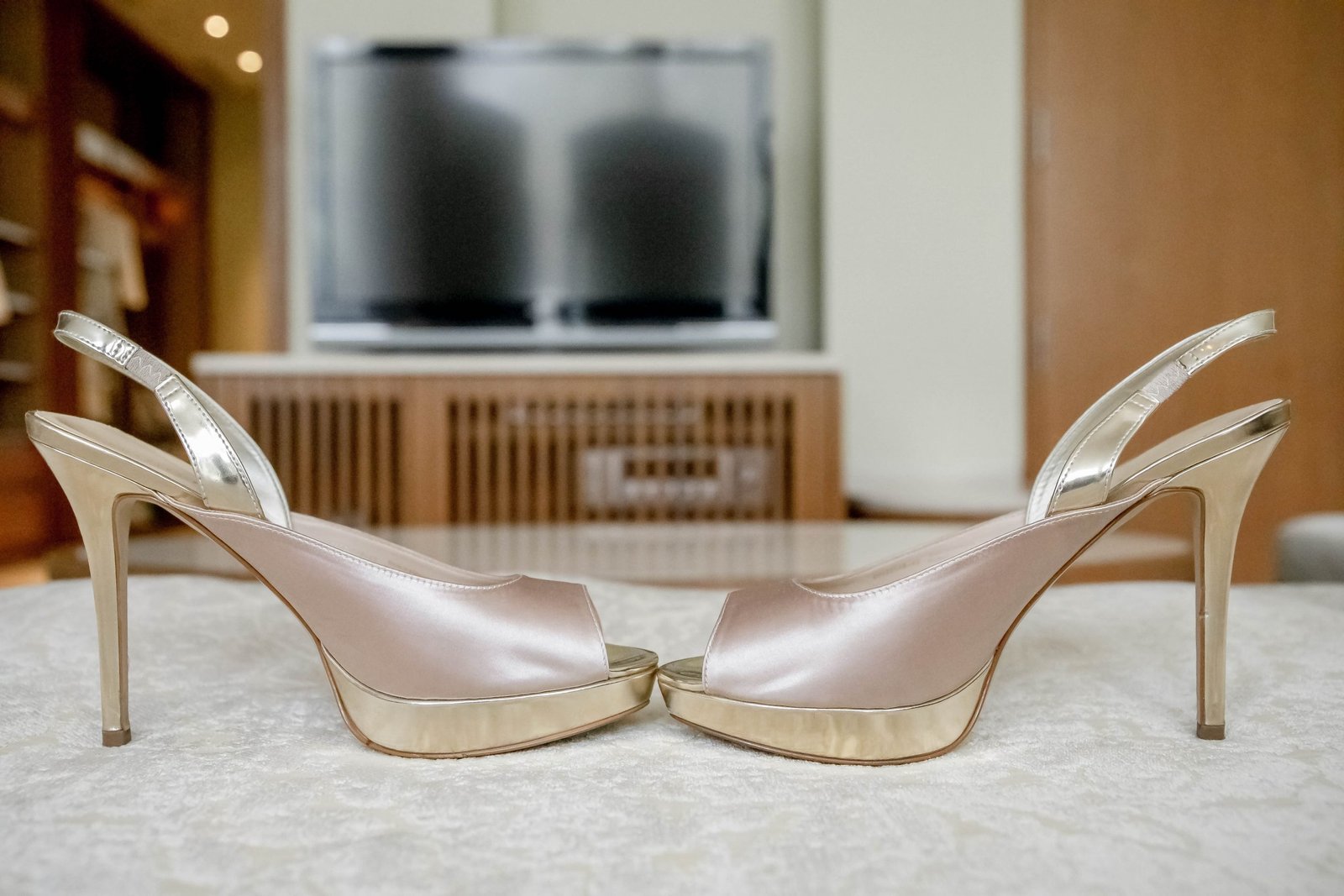15 Common Mistakes of a Photographer
Photography is a dance between creativity and technical mastery, an art form that allows us to tell stories, capture emotions, and preserve moments. Whether you’re documenting the vibrant souks of Marrakech, the icy landscapes of Iceland, or the candid smiles of a bustling street, photography offers a universal language. Yet, even seasoned photographers can stumble upon pitfalls that hinder their craft.
Here are 15 common photography mistakes, and how to avoid them, so you can elevate your skills and create images that truly stand out.

1. Don’t Let the Blur Steal the Spotlight
Blurry photos can ruin even the most beautifully composed shot. Whether caused by a slight subject movement or an unfocused lens, blur is every photographer’s nemesis.
How to Avoid It:
For stationary subjects, use a tripod to keep your camera steady, especially in low-light conditions. Increase your shutter speed to freeze motion when photographing moving subjects. And don’t underestimate the power of continuous autofocus, it can be a game-changer for action shots.

2. Overpowering Colors Aren’t Always Your Friend
While vibrant hues can add drama to a photo, going overboard with color editing can make your image look artificial. Subtlety often creates a more timeless aesthetic.
How to Avoid It:
Calibrate your monitor to ensure accurate color reproduction. Stick to natural tones, especially when editing landscapes or portraits, as they bring out the beauty of your subject without overwhelming the viewer.
About
Hi, I’m Nitisha. I grew up in a world that told me to follow the script, but somewhere along the way I traded the script for a compass. These days, I follow where my feet and heart lead, from sleepy towns to saltwater coves, capturing stories that feel like home even when I’m far from it.
Download Your Free
Solo Travel Guide now!
Complete Guide
Keep Calm,
Tie
the Knot
Complete Guide
Related Posts

8 Essential Wedding Moments to Capture

8 Essential Wedding Moments to Capture

8 Essential Wedding Moments to Capture
Shop Your
Lightroom Presets Here!






3. Declutter Your Frame
A cluttered image with too many elements can distract from your subject, leaving viewers unsure where to focus their attention.
How to Avoid It:
Take a moment to assess your frame before pressing the shutter. Remove unnecessary objects or reposition yourself to eliminate distractions. Sometimes, simplicity speaks louder than complexity.

4. Upgrade from the Kit Lens
While kit lenses are great for beginners, they often fall short in delivering the sharpness or versatility needed for professional-quality shots.
How to Avoid It:
Invest in a high-quality lens suited to your photography style. A fast prime lens, such as a 50mm f/1.8, is perfect for portraits and low-light conditions. For landscapes, a wide-angle lens can make a world of difference.

5. Don’t Get Caught with Dead Batteries
Imagine discovering the perfect scene only to find your camera powerless. It’s a frustrating experience most photographers encounter at least once.
How to Avoid It:
Always carry fully charged spare batteries. If you’re traveling, pack a portable charger or a charging station compatible with your camera. Preparation is key.




6. Keep Your Eyes on the Subject
Spending too much time reviewing images on your camera’s screen can lead to missed moments.
How to Avoid It:
Focus on capturing the scene in front of you. Take multiple shots to ensure you get the best frame, but resist the urge to check each one immediately. There’s time to review later.

7. Invest in High-Speed Memory Cards
A slow memory card can bottleneck your camera’s performance, especially when shooting in RAW or capturing fast action sequences.
How to Avoid It:
Opt for memory cards with high read and write speeds. Look for cards rated for UHS-II or V60/V90 if you’re working with large files or shooting 4K video.

8. Add Substance to Your Shots
A photo without a clear subject or story often feels flat and uninspiring, regardless of technical perfection.
How to Avoid It:
Seek out compelling focal points that draw the viewer in. Experiment with contrasts, textures, and perspectives to create images with depth and intrigue.

9. Learn from What Works
While it’s easy to dwell on mistakes, it’s equally important to recognize and replicate your successes.
How to Avoid It:
When you capture a photo you’re proud of, note the settings, lighting, and composition that made it work. This self-awareness can help you build a consistent style and avoid relying on luck.

10. Get Your Tones Right
Tonal imbalances, whether in contrast, exposure, or black-and-white adjustments, can rob an image of its vibrancy.
How to Avoid It:
Pay attention to the histogram on your camera or editing software to ensure your tonal range is balanced. Practice adjusting highlights, shadows, and mid-tones to bring out the best in your photos.

11. Ease Off the HDR
While HDR (High Dynamic Range) can enhance a photo’s details, overusing it often leads to unnatural, over-processed images.
How to Avoid It:
Use HDR sparingly, primarily for high-contrast scenes where the technique adds depth rather than detracting from the image’s authenticity. Subtle enhancements are always more effective.


12. Avoid Overshooting
Taking hundreds of photos in a single session can lead to an overwhelming editing workload and a diluted portfolio.
How to Avoid It:
Plan your shots before pressing the shutter. Aim for quality over quantity by visualizing the final image and setting clear goals for each shoot.

13. Backup Gear Is a Lifesaver
A broken camera, corrupted memory card, or malfunctioning lens can bring your shoot to an abrupt halt.
How to Avoid It:
Always carry backup equipment—whether it’s an extra body, additional memory cards, or spare lenses. A contingency plan is essential for uninterrupted photography.

14. Think Twice Before Cropping
Excessive cropping can distort the image’s balance, reducing its impact and making it look amateurish.
How to Avoid It:
Compose your shots carefully in-camera to minimize the need for heavy cropping. Minor adjustments in post-processing are fine, but strive to get as close to the desired composition as possible while shooting.

15. Keep Your Gear Clean
Dust, dirt, and smudges on your lens or sensor can leave unsightly spots on your photos, especially in high-contrast scenes.
How to Avoid It:
Regularly clean your camera and lenses using a dedicated cleaning kit. When changing lenses, shield your camera from wind or dust to prevent particles from settling on the sensor.

Final Thoughts: The Path to Mastery s from settling on the sensor.
Mistakes are a natural part of any creative journey, including photography. They teach us valuable lessons and push us toward improvement. However, with awareness and preparation, many common pitfalls can be avoided entirely.
As you hone your skills, remember that photography isn’t just about the gear or technicalities. It’s about the stories you tell, the emotions you evoke, and the unique perspective you bring to the world.
So, next time you set out with your camera, keep these tips in mind. Stay curious, embrace the process, and don’t be afraid to experiment. With practice and persistence, you’ll not only avoid these mistakes but also discover your signature style, turning every frame into a masterpiece.
Capturing imaginations
Follow Along On Instagram!

hello@veramorgana.com
Singapore (+65)8058 7328

